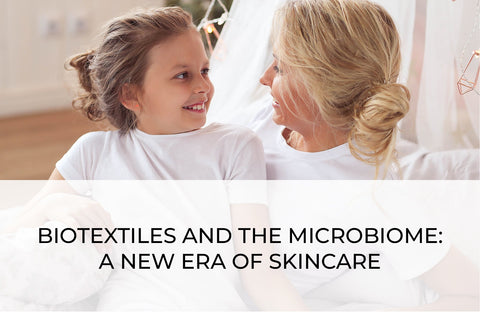WHO HAS THE DRIEST SKIN? ETHNIC CHARACTERISTICS OF FACIAL SKIN HYDRATION

Living in a multinational world, we see the beauty of the human image in all its diversity. The combination of phenotypic traits endows each ethnic group with recognizable appearance features. As research shows, this also hides the skin's significant structural and functional features. Is it true that dark skin has more pronounced barrier properties, while light skin is drier and more fragile? This question has seriously interested scientists from Switzerland.
Sixteen young women (mean age 21.8 years) without visual signs of photoaging participated in the study: 4 of them belonged to the African ethnic group (phototype V–VI), 4 to the Caucasian (phototype II–III), 4 to the Chinese (phototype II–III) and 4 to the Indian (phototype III–IV). Instrumental research methods were used to assess the biophysical parameters of the skin — the degree of hydration and transepidermal water loss (TEWL) (see Figure).
Figure. Facial skin moisturization in different ethnic groups. From left to right: Chinese, Caucasians, Indians, Africans. Top row: standard portrait (Natural color, natural skin color) in cross-polarized light mode (measurements on VISIA-CR apparatus). Middle row: moisturization (Capacitance; measurements of skin electrical capacitance using a corneometer). Bottom row: transepidermal water loss level (TEWL; measurements with a tewameter). The color code for the corneometer (15-80 AU) and tewameter (5-40 g m–2 h–1 ) values are shown on the color scales on the right (blue = good skin condition, red = poor skin condition). The skin condition limit is white: 40 AU for capacitance and 16 g m–2 h–1 for TEPV [1].

The authors found significant interethnic differences in barrier function and skin hydration. Total skin hydration was highest in participants of the African ethnic group, followed in descending order by Indians and Caucasians, and lowest in Chinese. TEWL was highest in Indians, then decreased in Chinese, Africans, and Caucasians.
The average values of target indicators for each group are given in the table:
|
Ethnic group |
TEPW (g m–2 h )–1 |
Hydration (AU) |
|
Chinese |
18,6 |
45,1 |
|
Caucasian |
12,4 |
46,8 |
|
Indian |
20,4 |
51,0 |
|
African |
16,7 |
55,0 |
The discrepancy between the degree of skin hydration and TEWP is evident. Thus, although dark-pigmented skin was more hydrated, it was also characterized by a higher TEWP, indicating a weaker protective barrier.
In all groups, the nasolabial area and cheeks were characterized by the lowest hydration values and the eye area by the highest. The lowest TEWP values were found in the middle and lower parts of the cheeks and mandibular region, while the highest values were found around the eyes, in the nasolabial fold, and the palpebral groove. Thus, the most moisturized areas of the face turn out to be the most uneconomical consumers of moisture and lose it quickly.
The authors also compared skin surface pH in Caucasian, African, and Indian participants. Overall, Caucasians had lower pH values (5.7) than Africans (6.0) and Indians (6.1).
According to the authors' conclusions, more pronounced barrier properties are characteristic of Caucasian skin, followed in descending order by black Africans, Chinese, and Indians. Presumably, the reason for the improved barrier function is the lower pH value of the skin surface. The authors also noted no clear relationship between hydration and skin pigmentation. However, in earlier studies, researchers observed more pronounced barrier properties in skin with darker phototypes [2].
The identified patterns can serve as guidelines for moisturizing topical care based on individual patient characteristics.
References
- Voegeli R., Gierschendorf J., Summers B., Rawlings A.V. Facial skin mapping: from single point bio-instrumental evaluation to continuous visualization of skin hydration, barrier function, skin surface pH, and sebum in different ethnic skin types. Int J Cosmet Sci 2019; 41(5): 411–424.
- Young M.M., Franken A., du Plessis J.L. Transepidermal water loss, stratum corneum hydration, and skin surface pH of female African and Caucasian nursing students. Skin Res Technol 2019; 25: 88–95.



































